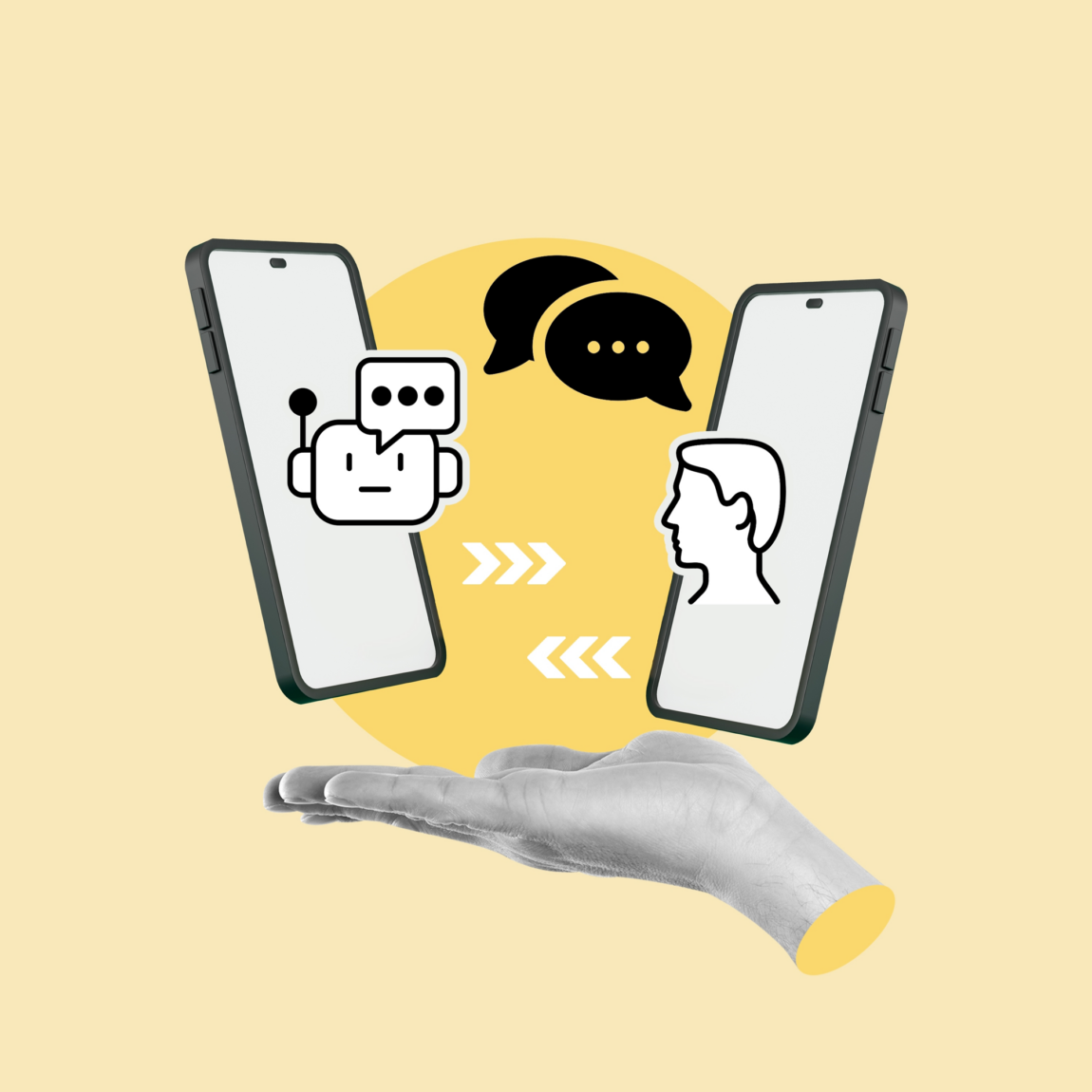
What are the Differences Between AI Tools: ChatGPT, Gemini and Claude
Over the past couple of years, AI tools such as chatbots have changed the way many professionals work, helping to improve workflow and processes for everyday tasks.
Generative AI tools like ChatGPT, Gemini, and Claude offer diverse capabilities, however each of them differ to one another in terms of functionality, design, and best-use cases.
Let’s take a look at some of the strengths and limitations of each AI tool!
ChatGPT
ChatGPT is versatile and user-friendly, supporting detailed conversations, creative writing, and problem-solving. This AI tool has integration with plugins, which expands its utility for tasks like browsing, coding, and data analysis.
Gemini
Gemini integrates up-to-date Google Search insights for factual precision and contextual understanding. This AI tool has been designed with real-world applications in mind, and it ideal for fact-driven tasks.
Claude
Claude puts emphasis on ethical AI with better contextual comprehension in longer conversations. It is known for giving concise yet accurate responses in large text contexts. Great for those prioritising ethical AI and efficient processing of complex documents.
| Feature | ChatGPT | Gemini | Claude |
| Developer | OpenAI | Google DeepMind | Anthropic |
| Pricing | Free for the base platform, ChatGPT Plus, Team and Enterprise available at a cost. | Free for the base platform, advanced tier available at a cost. | Free, Pro, Team and Enterprise options available. |
| API | Yes | Yes | Yes |
| Technology | GPT-4o | Combination of models (LaMDA, PaLM 2) | Claude Opus |
| Information Access | Training data with a cutoff date of 2023 but the Plus version has access to real-time data. | Real-time access to the data Google collects from search. | Real-time access to data. |
| Focus | Versatility | Real-time factual precision | Ethical AI and context |
Choosing the right tool depends on your specific needs – but there is no right or wrong here. Test each one and see how your results differ. As a note, it is recommended to use AI as a tool only, and not as a finished result of content or information.
Welcome to Business Tapas!
Welcome to Business Tapas! Your ultimate resource for business growth and development.
Whether you need help with business management, marketing, design, social impact, and more – we’ve got it. This central knowledge hub is designed for companies of all shapes and sizes, at all stages of their journey. From large enterprises, start-ups, and not-for-profit organisations (incl. charities) alike, Business Tapas can point you in the direction of support and advice that is tailored to you.
How does it work?
Register your details to create an account and access the customisable feed. Choose your interests to create your bespoke social feed and use the bookmark feature to keep track of the content most important to you. Once that’s done, it’s just a case of beginning your discovery of the vast amount of content available at your fingertips.
Business Tapas is here to educate, elevate and empower you and your organisation… so what are you waiting for? It’s time to devour some knowledge!
Don’t forget to interact with the articles and share your most interesting insights!
Create a profile today, and tuck in!

